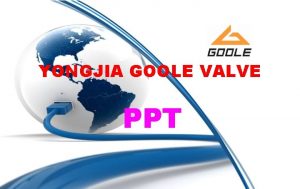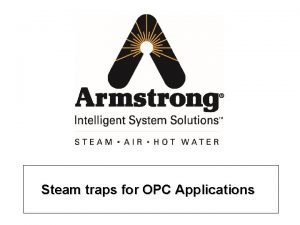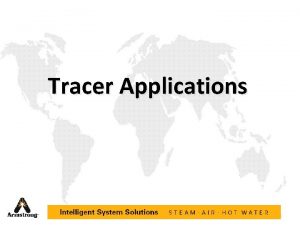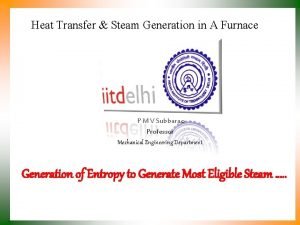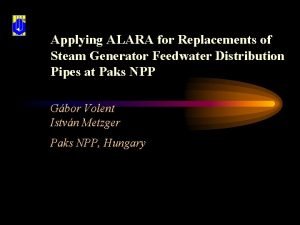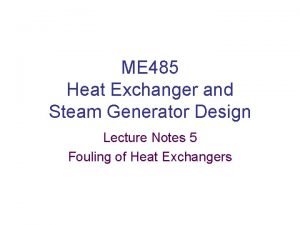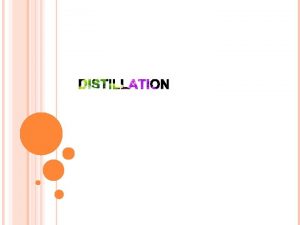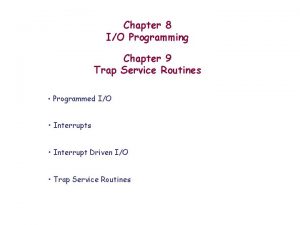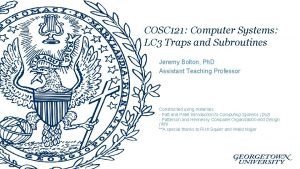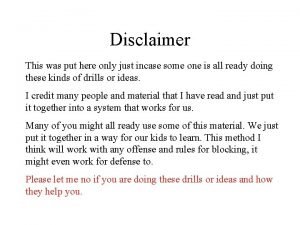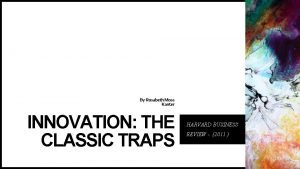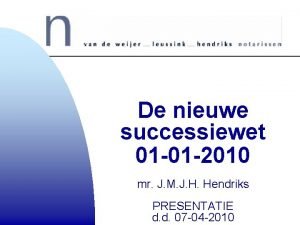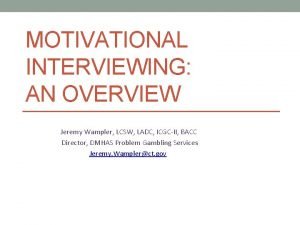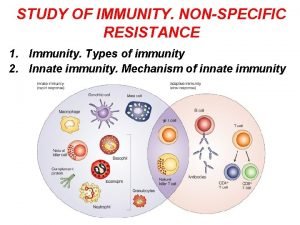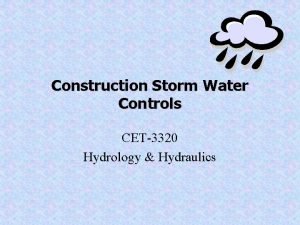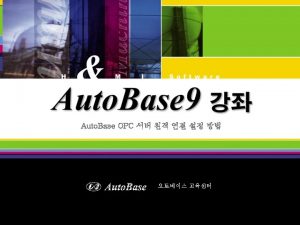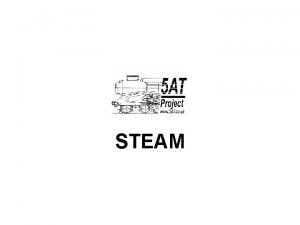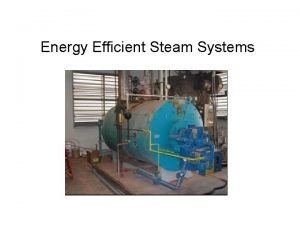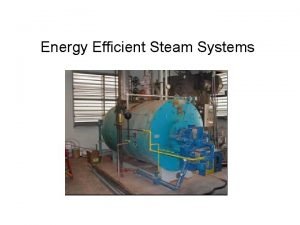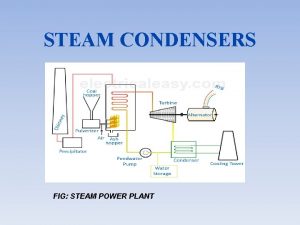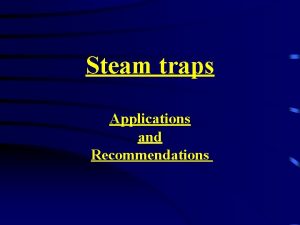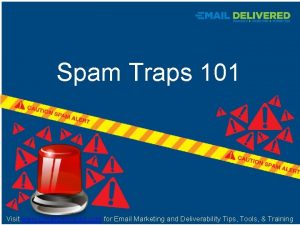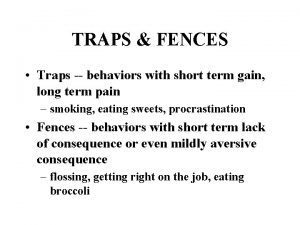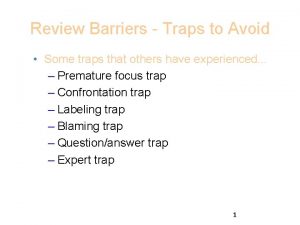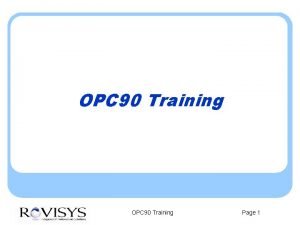Steam traps for OPC Applications Main Applications Tracing















- Slides: 15

Steam traps for OPC Applications

Main Applications • Tracing – Instrument tracing – Winterizing or fluids at non critical temperature ( <80°C) – Fluids at critical temperature (> 80°C) • Main distribution lines • Turbines • Process heat exchangers “Expect many enjoyable experiences!” David M. Armstrong

Main Parameters • Load – Small ( 10 kg/h to 20 kg/h) – Medium ( 20 to 100 kg/h) – Large (>100 kg/h) • Pressure : can be modulated or constant – – Low ( max 6 bar ) Medium ( max 20 bar) High (> 20 bar) Superheated • Back pressure – Nihil or atmospheric – Under pressure “Expect many enjoyable experiences!” David M. Armstrong

Role of the Steam Traps Basically : • To get rid of the condensate. • To eliminate air and carbon dioxide. But also : • To prevent steam to escape into the condensate return. And : • To make heating systems as efficient as possible. • To prevent their corrosion. • To get rid of impurities. “Expect many enjoyable experiences!” David M. Armstrong

Working and Selection Criterions • • • Immediate evacuation of the condensate Immediate reaction to load variations Operation in presence of back pressure Evacuation of non-condensible gases at start-up Evacuation of non-condensible gases in stable service conditions No sensitivity to adverse weather conditions Resistance to water hammer Long life Energy conservation “Expect many enjoyable experiences!” David M. Armstrong

Selection of Steam Traps for Tracing Applications Ideally the steam traps should : • Work efficiently at low load (< 5 kg/h); • Work with high back pressure; • Be dirt resistant; • Be freeze resistant; • Fail in open position; • Be environment friendly; “Expect many enjoyable experiences!” David M. Armstrong

Most used Steam Traps for Tracing Applications • • Inverted bucket traps Bimetallic traps Thermodynamic traps Wafer traps “Expect many enjoyable experiences!” David M. Armstrong

Steam Tracing Applications • Instrumentation tracing : – Wafer capsule trap • Winterizing/non critical temperature tracing – First choice : Bi-Metallic trap (discharge to atmosphere) – Alternate choice : Inverted bucket trap(discharge to condensate return • Critical tracing : – First choice : Inverted bucket traps – Second choice : Bi Metallic traps “Expect many enjoyable experiences!” David M. Armstrong

Main Distribution Lines Ideally , the steam trap should : • React immediately. • Not subcool or back up the condensate. • Be resistant to water hammer. • Be freeze resistant “Expect many enjoyable experiences!” David M. Armstrong

Most used Steam Traps for Main Distribution Lines Applications • Inverted bucket traps • Bimetallic traps • Thermodynamic traps “Expect many enjoyable experiences!” David M. Armstrong

Main Distribution Lines • Low pressure saturated pressure lines: – First choice : Inverted Bucket traps – Second choice : Thermodynamic traps • Medium pressure saturated pressure lines – First choice : Inverted Bucket traps • High pressure saturated pressure lines – First choice : Inverted bucket trap ( <45 bar) – Alternative choice : Bi Metallic traps (> 45 bar) “Expect many enjoyable experiences!” David M. Armstrong

Main Distribution Lines • High Pressure superheated Steam : – First choice : Bi Metallic traps “Expect many enjoyable experiences!” David M. Armstrong

Heat exchangers Ideally the steam traps should : • Make heating systems highly efficient thus not allowing condensate subcooling. • Get rid of non-condensible gases. • Be resistant to water hammers. • Work with back pressure. “Expect many enjoyable experiences!” David M. Armstrong

Process Heat Exchangers • Constant Steam Pressure • Modulating Steam Pressure • Vacuum “Expect many enjoyable experiences!” David M. Armstrong

Most Used Steam Traps on Process Heat Exchangers Applications • Inverted Bucket Steam Traps (< 5 t/h) • Float & Thermostatic Steam Traps (> 5 T/h) • Steam Powered Pump Traps ( P 1<P 2) “Expect many enjoyable experiences!” David M. Armstrong
 Types of pressure control valves ppt
Types of pressure control valves ppt Steam trap
Steam trap Steam trace tubing
Steam trace tubing Dittus boelter equation
Dittus boelter equation Steam steam generator erosion
Steam steam generator erosion Steam steam generator fouling
Steam steam generator fouling Applications of steam distillation
Applications of steam distillation Trap vector table
Trap vector table Cosc 121
Cosc 121 Incase traps
Incase traps Innovation: the classic traps
Innovation: the classic traps Ap psychology chapter 13 social psychology
Ap psychology chapter 13 social psychology 2 traps testament
2 traps testament Jeremy wampler
Jeremy wampler Neutrophil extracellular traps
Neutrophil extracellular traps Sediment traps construction
Sediment traps construction
